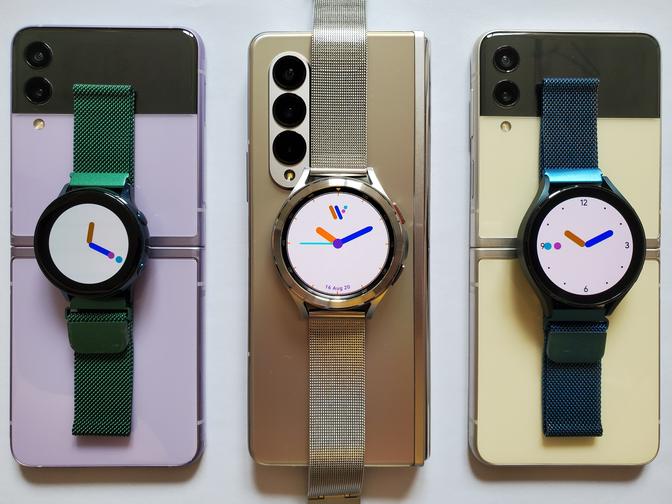Wearable sensors are evolving from watches and electrodes to foldable devices that provide users with much more accurate biometric measurements and added convenience.
Now, an international team of researchers has taken the evolution a step further by printing sensors directly onto human skin without using heat.
"We report a simple yet universally applicable fabrication technique using a novel sintering layer to enable direct printing for on-body sensors," said Ling Zhang, a researcher at China's Harbin Institute of Technology and lab to Cheng.
How are sensors printed?
Huanyu “Larry” Cheng, a professor in the Pennsylvania State Department of Engineering Sciences and Mechanics, and his colleagues previously developed flexible printed circuit boards for use in sensors wearables, but printing directly on the skin was hindered by the bonding process of the metal components in the sensor.

Called sintering, this process typically requires temperatures of around 300 degrees Celsius to fuse the sensor's silver nanoparticles together.
By adding a nanoparticle to the mix, the silver particles are sintered at a lower temperature of about 100 degrees C.
An extra layer makes the whole process easier
The room temperature sintering aid layer consists of a paste of polyvinyl alcohol – the main ingredient of face masks – and calcium carbonate – found in the shells of egg.
The coating reduces the roughness of the printing surface and allows the printing of an ultra-thin layer of metal patterns that can bend and fold while maintaining their electromechanical capabilities.
Sensors are capable of continuously and accurately capturing temperature, humidity, blood oxygen levels and heart performance signals.
The researchers also linked sensors on the body into a network with wireless transmission capabilities to monitor the combination of signals as they progress.
The process is also environmentally friendly, Cheng says. The sensor remains robust in warm water for several days, but a hot shower will easily remove it.
Researchers plan to modify the technology to target specific applications, such as a precise network of body sensors placed to monitor symptoms associated with Covid-19.
